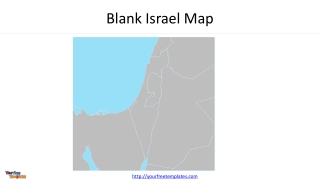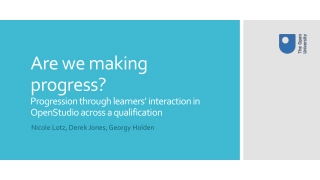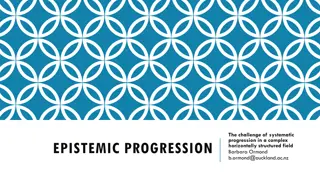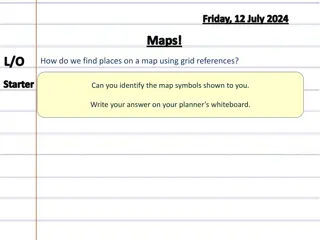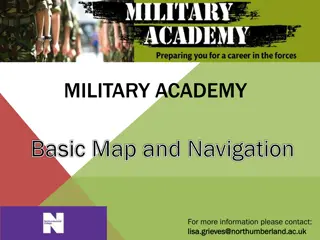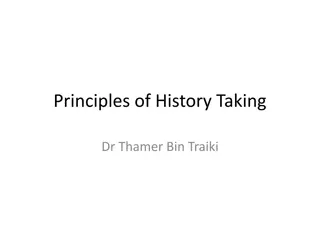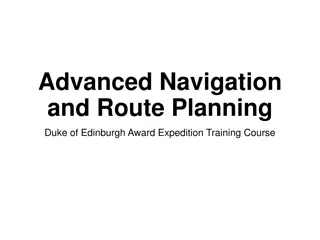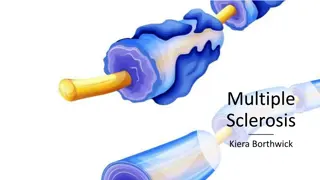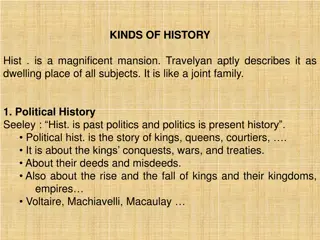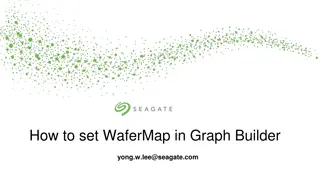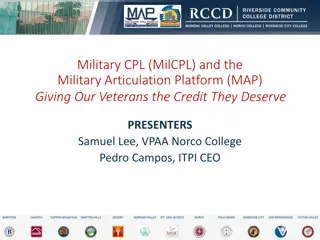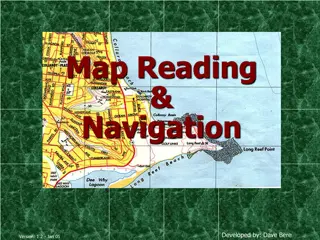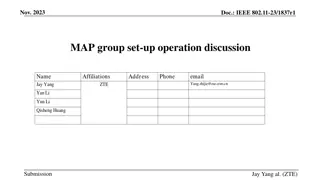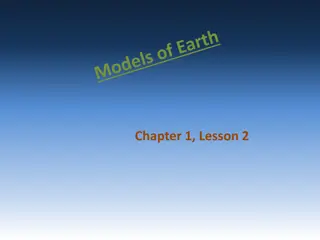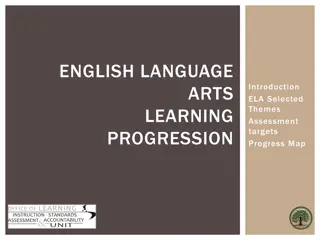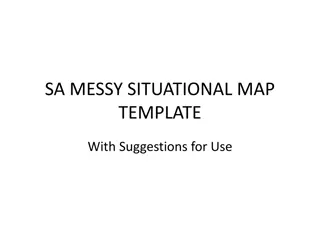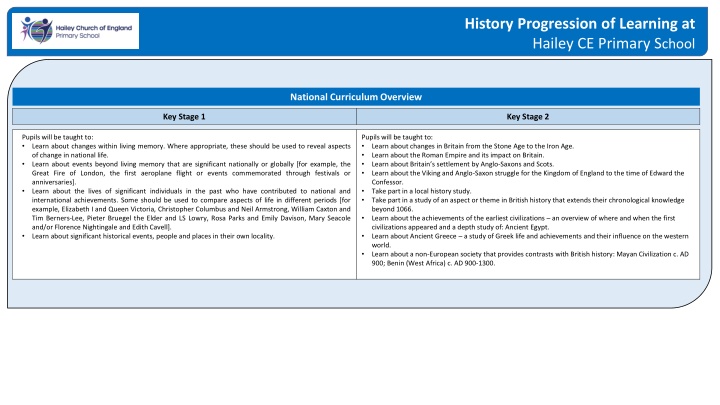
Exploring Historical Learning Progression at Hailey CE Primary School
Discover the comprehensive history learning journey at Hailey CE Primary School, covering aspects from changes in living memory to significant events and individuals in national and global history. Students delve into early civilizations, British history from the Stone Age to the Iron Age, the Roman Empire's impact, and more. Explore how pupils explore and understand history through local studies, comparisons, and engaging activities.
Download Presentation

Please find below an Image/Link to download the presentation.
The content on the website is provided AS IS for your information and personal use only. It may not be sold, licensed, or shared on other websites without obtaining consent from the author. If you encounter any issues during the download, it is possible that the publisher has removed the file from their server.
You are allowed to download the files provided on this website for personal or commercial use, subject to the condition that they are used lawfully. All files are the property of their respective owners.
The content on the website is provided AS IS for your information and personal use only. It may not be sold, licensed, or shared on other websites without obtaining consent from the author.
E N D
Presentation Transcript
History Progression of Learning at Hailey CE Primary School National Curriculum Overview Key Stage 1 Key Stage 2 Pupils will be taught to: Learn about changes within living memory. Where appropriate, these should be used to reveal aspects of change in national life. Learn about events beyond living memory that are significant nationally or globally [for example, the Great Fire of London, the first aeroplane flight or events commemorated through festivals or anniversaries]. Learn about the lives of significant individuals in the past who have contributed to national and international achievements. Some should be used to compare aspects of life in different periods [for example, Elizabeth I and Queen Victoria, Christopher Columbus and Neil Armstrong, William Caxton and Tim Berners-Lee, Pieter Bruegel the Elder and LS Lowry, Rosa Parks and Emily Davison, Mary Seacole and/or Florence Nightingale and Edith Cavell]. Learn about significant historical events, people and places in their own locality. Pupils will be taught to: Learn about changes in Britain from the Stone Age to the Iron Age. Learn about the Roman Empire and its impact on Britain. Learn about Britain s settlement by Anglo-Saxons and Scots. Learn about the Viking and Anglo-Saxon struggle for the Kingdom of England to the time of Edward the Confessor. Take part in a local history study. Take part in a study of an aspect or theme in British history that extends their chronological knowledge beyond 1066. Learn about the achievements of the earliest civilizations an overview of where and when the first civilizations appeared and a depth study of: Ancient Egypt. Learn about Ancient Greece a study of Greek life and achievements and their influence on the western world. Learn about a non-European society that provides contrasts with British history: Mayan Civilization c. AD 900; Benin (West Africa) c. AD 900-1300.
Historical Knowledge Pegasus Unicorn Phoenix Griffin We will: 3 and 4 Years Begin to make sense of their own life story and family s history We will: Consider changes within living memory, revealing aspects of change in national life Learn about significant historical events, people and places in their own locality Learn about events beyond living memory that are significant nationally or globally Learn about the lives of significant individuals in the past who have contributed to national and international achievements We will: Consider changes in Britain from the Stone Age to the Iron Age Learn about the Roman Empire and its impact on Britain Learn about Ancient Greece a study of Greek life and achievements and their influence on the western world Learn about Britain s settlement by Anglo- Saxons and Scots Learn about the Viking and Anglo-Saxon struggle for the Kingdom of England to the time of Edward the Confessor We will: Consider the achievements of the earliest civilizations an overview of where and when the first civilizations appeared and a depth study of Ancient Egypt Take part in a study of an aspect or theme in British history that extends our chronological knowledge beyond 1066 World War II Take part in a study on a non-European society that provides contrasts with British history Mayan civilization c. AD 900 Reception Comment on images of familiar situations in the past Compare and contrast characters from stories including figures from the past ELG Talk about the lives of people around us and their roles in society Know some similarities between things in the past and now, drawing on their experiences and what has been read in class Understand the past through settings, characters and events encountered in book read in class and storytelling
Chronology Pegasus Unicorn Phoenix Griffin We will: 3 and 4 Years Begin to make sense of their own life story and family s history We will: Sequence artefacts and events that are close together in time Order dates from earliest to latest on simple timelines Sequence pictures from different periods Describe memories and changes that have happened in our own lives Use words and phrases such as: old, new, earliest, latest, past, present, future, century, new, newest, old, oldest, modern, before, after to show the passing of time We will: Sequence several events, artefacts or historical figures on a timeline using dates, including those that are sometimes further apart, and terms related to the unit being studied and passing of time Understand that a timeline can be divided into BC (Before Christ) and AD (Anno Domini) We will: Order an increasing number of significant events, movements and dates on a timeline using dates accurately Accurately use dates and terms to describe historical events Understand and describe in some detail the main changes to an aspect in a period in history Understand how some historical events/periods occurred concurrently in different locations, e.g. Indus Valley and Ancient Egypt Reception Comment on images of familiar situations in the past
Organisation and Communication Pegasus Unicorn Phoenix Griffin We will: Start to compare two versions of a past event Observe and use pictures, photographs and artefacts to find out about the past Start to use stories or accounts to distinguish between fact and fiction We will: Look at more than two versions of the same event or story in history and identify differences Investigate different accounts of historical events and be able to explain some of the reasons why the accounts may be different We will: Find and analyse a wide range of evidence about the past Use a range of evidence to offer some clear reasons for different interpretations of events, linking this to factual understanding about the past Consider different ways of checking the accuracy of interpretations of the past Start to understand the difference between primary and secondary evidence and the impact of this on reliability Show an awareness of the concept of propaganda Know that people in the past represent events or ideas in a way that may be to persuade others We will: 3 and 4 Years Begin to make sense of their own life story and family s history Reception Comment on images of familiar situations in the past Compare and contrast characters from stories including figures from the past ELG Talk about the lives of people around us and their roles in society Know some similarities between things in the past and now, drawing on their experiences and what has been read in class Understand the past through settings, characters and events encountered in book read in class and storytelling
Interpretation of History Pegasus Unicorn Phoenix Griffin We will: 3-4 Years Begin to make sense of their own life story and family s history We will: Start to compare two versions of a past event Observe and use pictures, photographs and artefacts to find out about the past Start to use stories or accounts to distinguish between fact and fiction Recognise some similarities and differences between the past and the present Identify similarities and differences between ways of life in different periods Know and recount episodes from stories and significant events in history Understand that there are reasons why people in the past acted as they did Describe significant individuals from the past We will: Look at more than two versions of the same event or story in history and identify differences Investigate different accounts of historical events and be able to explain some of the reasons why the accounts may be different Note key changes over a period of time and be able to give reasons for those changes Find out about the everyday lives of people in time studied compared with our life today Explain how people and events in the past have influenced life today Identify key features, aspects and events of the time studied Describe connections and contrasts between aspects of history, people, events and artefacts studied We will: Find and analyse a wide range of evidence about the past Use a range of evidence to offer some clear reasons for different interpretations of events, linking this to factual understanding about the past Consider different ways of checking the accuracy of interpretations of the past Start to understand the difference between primary and secondary evidence and the impact of this on reliability Show an awareness of the concept of propaganda Know that people in the past represent events or ideas in a way that may be to persuade others Identify and note connections, contrasts and trends over time in the everyday lives of people Use appropriate historical terms such as culture, religious, social, economic and political when describing the past Examine causes and results of great events and the impact these had on people Describe the key features of the past, including attitudes, beliefs and the everyday lives of men, women and children Reception Comment on images of familiar situations in the past Compare and contrast characters from stories including figures from the past ELG Talk about the lives of people around us and their roles in society Know some similarities between things in the past and now, drawing on their experiences and what has been read in class Understand the past through settings, characters and events encountered in book read in class and storytelling
Historical Enquiry Pegasus Unicorn Phoenix Griffin We will: Observe or handle evidence to ask simple questions about the past Observe or handle evidence to find answers to simple questions about the past on the basis of simple observations We will: Use a range of primary and secondary sources to find out about the past Construct informed responses about one aspect of life or a key event in the past through careful selection and organisation of relevant historical information Gather more detail from sources such as maps to build up a clearer picture of the past Regularly address and sometimes devise our own questions to find answers about the past We will: Recognise when we are using primary and secondary sources of information to investigate the past Use a wide range of different evidence to collect evidence about the past, such as ceramics, pictures, documents, printed sources, posters, online material, pictures, photographs, artefacts, historic statues, figures, sculptures, historic sites Select relevant sections of information to address historically valid questions and construct detailed, responses We will: 3 and 4 Years Begin to make sense of their own life story and family s history Reception Comment on images of familiar situations in the past Compare and contrast characters from stories including figures from the past ELG informed Talk about the lives of people around us and their roles in society Know some similarities between things in the past and now, drawing on their experiences and what has been read in class Understand the past through settings, characters and events encountered in book read in class and storytelling

